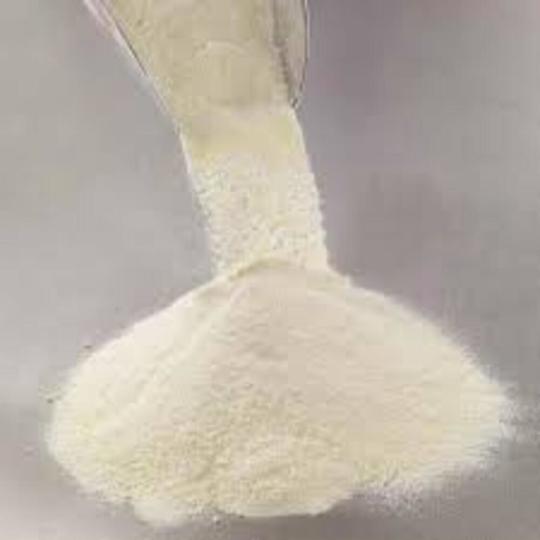Technologies
Discover, Connect & Collaborate at TECHINNOVATION 2021
Making Protein Hydrolysate using Papain Enzymes and Fish Wastes

Technology Overview
Protein hydrolysate, a high value ingredient, is in use in both the microbial growth media industry and food industry. Protein hydrolysate can be made into peptone for microbial growth while protein hydrolysate is suitable for toddlers and seniors consumption as it is an easily digestible protein. Fish wastes, resulting from rejected fish or not ideal for consumption, are good source of protein hydrolysate but are usually wasted.
This patented invention aims to provide a ready-to-use peptone product derived from fish waste. The process of making protein hydrolyzate is an enzymatic process made with fish waste.
This technology is available for licensing. Industries that make microbial growth media and the food industry could benefit from this technology.
Technology Features, Specifications and Advantages
Fish peptone has an important economic value compared with other side products such as fish silage and fish meal. Fish protein hydrolysates (peptone) can be made by hydrolysing fish using proteolytic enzymes such as papain, ficin, trypsin, pancreatin, pronase, or enzymes isolated from proteolytic microorganisms.
This technology allows you to obtain a durable dried protein hydrolysate. By using enzymatic and incubation processes, a liquid protein hydrolysate will be obtained and then dried into powder for durable storage.
Advantages of this technology:
- The enzymatic processes used in this technology do not require high temperature
- It hydrolyses polypeptide and conserves all existing amino acids. Compared to acid hydrolysis, which requires high temperatures, consequently damages either some, most or all amino acids.
- Lower salt content as compared to acid hydrolysis which results in high salt content due to the formation of salts during the neutralization process.
Peptone production using enzyme from papaya latex has been carried out previously. However, its practical application was difficult due to enzyme resource derived from dried papaya latex. Commercial enzymes are easier and cheaper compared to dried papaya latex with better quality and supply. The use of low valued fish for peptone production is promising because it is less expensive as well as provide better quality compared with commercial peptone.
The process of making protein hydrolyzate for food for toddlers and seniors can be achieved similarly.
Potential Applications
This process technology for making protein hydrolysate using papain enzyme is achievable by this simple technology.
Possible application for this protein hydrolysate:
- For the manufacture of peptone for microbial growth media (Peptone is one of the ingredients used in the manufacture of microbial growth media, provides nitrogen for bacteria to grow)
- As a simple protein food ingredient that is easily digested
- As a flavoring, suitable for healthy food products development
Industries that make microbial growth media and the food industry could benefit from this technology. For market size illustration, in 2016, Indonesia imported more than 50 tons of peptone and its derivatives.
Customer Benefit
- Helps to reduce fish waste
- Low cost inputs (can be from rejected fish or fish that are not ideal for consumption)
- Profitable as the value and price of peptone is high.
- The quality of peptone derived from such streams contains a higher protein content than commercial peptone.
- For microbial growth medium application, research has shown that peptone made from fish peptone encourage faster microbial growth.
- For food application, peptones are easier to digest due to its shorter amino acid chain